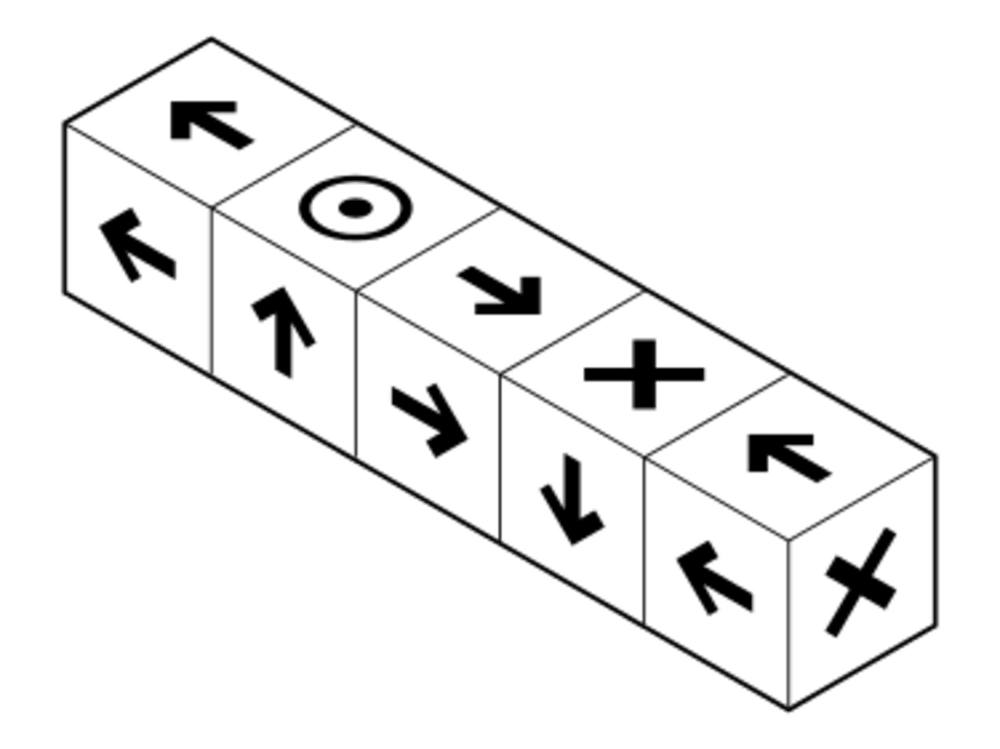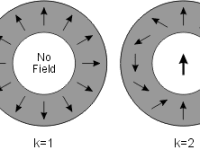The original Inductrack concept (invented for trains by Richard F Post at the Lawrence Livermore National Laboratory) is described in Wikipedia thus:
“…a passive, fail-safe electrodynamic magnetic levitation system, using only unpowered loops of wire in the track and permanent magnets (arranged into Halbach arrays) on the vehicle to achieve magnetic levitation. The track can be in one of two configurations, a ‘ladder track’ and a ‘laminated track’. The ladder track is made of unpowered Litz wire cables, and the laminated track is made out of stacked copper or aluminium sheets... Above a minimum speed, as the velocity of the train increases, the levitation gap, lift force and power used are largely constant. The system can lift 50 times the magnet weight...
“As a Halbach magnet array passes over the loops of wire, the sinusoidal variations in the field induce a voltage in the track coils. At low speeds the loops are a largely resistive impedance, and hence the induced currents are highest where the field is changing most quickly, which is around the least intense parts of the field, thus little lift produced.
“However, at speed, the impedance of the coils increases, proportionate to speed, and dominates the composite impedance of the coil assemblies. This delays the phase of the current peak so that induced current in the track tends more closely to coincide with the field peaks of the magnet array. The track thus creates its own magnetic field which lines up with and repels the permanent magnets, creating the levitation effect.”
In theory, there is no reason why this system cannot be used for road vehicles, ideally on hybrid roads, with the Litz loops or laminated track submerged below the road surface. This would make the road equally suitable for conventional vehicles and maglev road vehicles.
However, the problem is that according to early tests the vehicle would have to reach a velocity of 35 km/h to develop enough lift to levitate. How would that work for vehicles stopping and starting on urban roads?
The solution is simple: put the Halbach arrays on wheels or cylinders that rotate in the opposite direction to friction wheels in contact the road. (It has to be opposite, otherwise the rotation and forward motion would cancel out the effect.) This solution would enable the vehicles to levitate even when stationary.
New hybrid vehicles could be manufactured to incorporate conventional wheels and Halbach array counter-wheels or cylinders. It might even be possible to convert conventional cars to such hybrids, creating a whole new sub-industry for auto mechanics.
But governments would have to take responsibility for building the infrastructure. This could be integrated with plans to develop roads and roadside signage for fully autonomous road vehicles.
The main benefit will be lower energy cost for transport (frictionless) and less wear and tear on roads.
Like this entry?
-
About the Entrant
- Name:David Kessler
- Type of entry:individual
- Patent status:none





